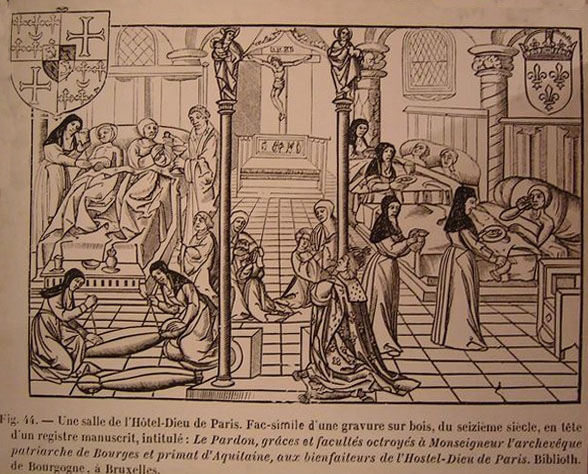|
Jacques-René Tenon
Jacques-René Tenon (, 21 February 1724 – 16 January 1816) was a French surgeon born in Sépeaux in northern Burgundy. He was very active in hospital reform during the second half of the 18th century. His seminal treatise on hospital design and management, the ''Mémoire sur les hôpitaux de Paris'' (Memoirs on the Hospitals of Paris), proved to be influential in Europe for more than a century. Early life and education Born into a family of surgeons (his 2 grandfathers and his father were surgeons), Jacques-René Tenon was the eldest of 11 children, five of whom died very young. He spent his youth in Courtenay, a town in northern France. Following the family line, he left for Paris at the age of 17 to study surgery in 1741. He was supported by a generous relative, the lawyer Nicolas Prévot. During his studies, Tenon earned the favour of Jacob B. Winslow, Jacques-Bénigne Winslow, a renowned doctor who taught at the Jardin du Roi, and thanks to whom he was able to deepen and use ... [...More Info...] [...Related Items...] OR: [Wikipedia] [Google] [Baidu] [Amazon] |
Sépeaux
Sépeaux () is a former commune in the Yonne department in Bourgogne-Franche-Comté in north-central France. On 1 January 2016, it was merged into the new commune of Sépeaux-Saint-Romain. 8 December 2015 See also * *Jacques-René Tenon
Jacques-René Tenon (, 21 February 1724 – 16 January 1816) was a French surgeon born in Sépeaux in northern Burgundy. He was very active in hospital reform during the second half of th ...
[...More Info...] [...Related Items...] OR: [Wikipedia] [Google] [Baidu] [Amazon] |
